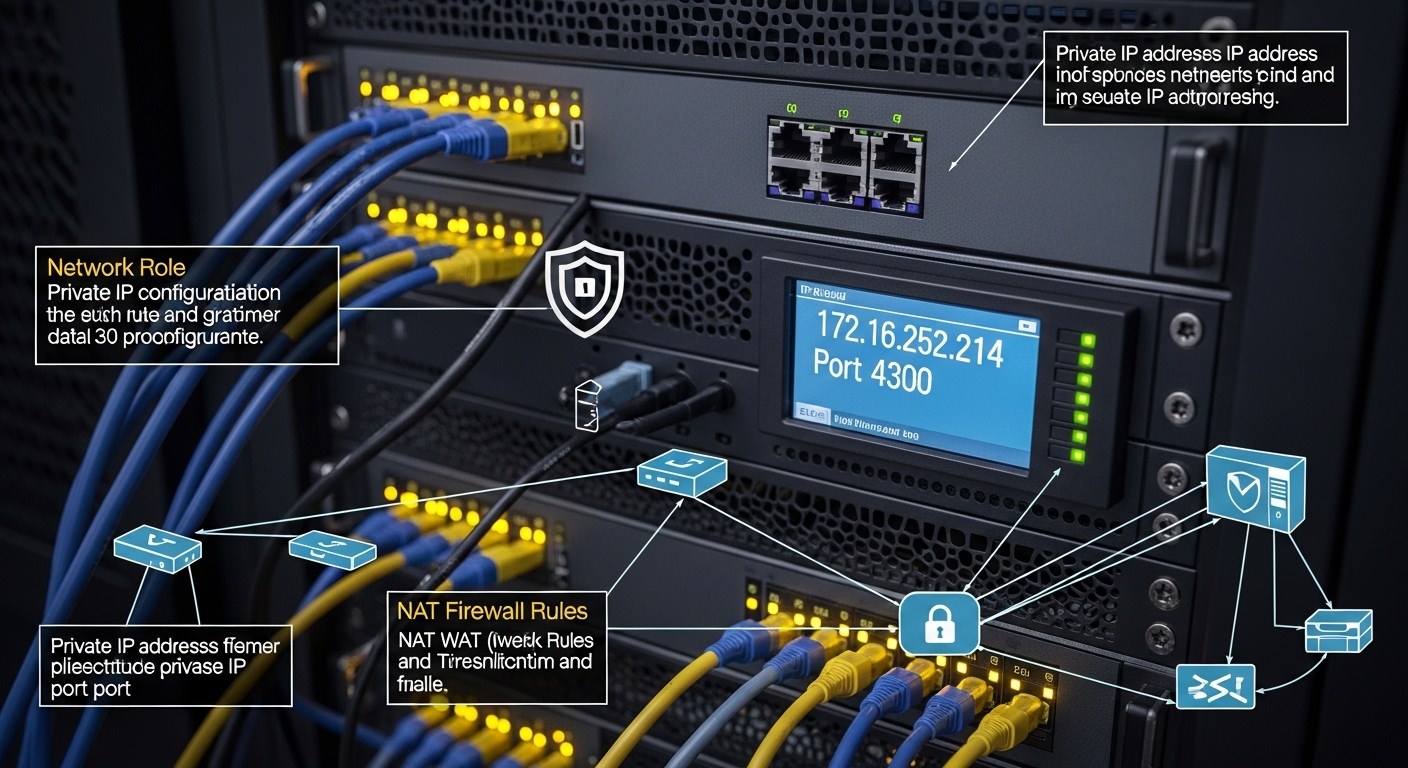In today’s world of digital connectivity, understanding private IP addresses and ports is essential for both IT professionals and advanced users. One such address, 172.16.252.214:4300, represents a specific combination of an internal IP and a communication port. Knowing how it functions can help you manage local networks, troubleshoot issues, and enhance security. In this article, we’ll explore what 172.16.252.214:4300 means, how it’s used, and why it’s vital in private networking environments.
What is 172.16.252.214:4300?
The IP address 172.16.252.214:4300 falls within the private range defined by the Internet Assigned Numbers Authority (IANA). The range from 172.16.0.0 to 172.31.255.255 is reserved exclusively for private use, meaning it cannot be accessed directly from the public internet. The “:4300” at the end signifies a specific port used to handle network communication. In networking, ports help systems identify particular services or applications running on a device. Thus, 172.16.252.214:4300 indicates a private network device using port 4300 for data exchange within an internal system.
Why Private IP Addresses Like 172.16.252.214:4300 Matter
Private IP addresses such as 172.16.252.214:4300 are fundamental in maintaining organized and secure networks. They allow multiple devices to communicate within a local area network (LAN) without exposing them to external threats. For example, businesses often assign such addresses to servers, printers, or security systems that don’t require public internet access. By doing this, they reduce the risk of unauthorized entry and maintain internal control over network traffic. Additionally, 172.16.252.214:4300 helps manage bandwidth by keeping data exchanges limited to internal routes instead of external ones.
How 172.16.252.214:4300 Works in a Network Environment
When a computer or device communicates using 172.16.252.214:4300, it sends data through port 4300 to another device in the same private network. Each port has a purpose — for instance, port 80 is used for HTTP, while port 443 is used for HTTPS. In the case of port 4300, it’s often designated for customized applications or internal server communication. Network administrators may assign 172.16.252.214:4300 to a specific system function, such as internal logging, secure data transfers, or specialized monitoring tools.
Security Implications of Using 172.16.252.214:4300
Security is one of the most critical factors when dealing with private IP addresses like 172.16.252.214:4300. Since it is not publicly routable, it provides an additional layer of protection by default. However, internal threats, misconfigurations, or malware can still pose risks. To safeguard systems, administrators should implement firewalls, VLAN segmentation, and regular patch updates. Monitoring the activity on 172.16.252.214:4300 helps detect unusual behavior, such as unauthorized access attempts or data leaks. Keeping internal communication ports secure is a vital part of maintaining an efficient IT infrastructure.
Troubleshooting Issues Related to 172.16.252.214:4300
When issues arise in a private network, identifying and resolving them efficiently is crucial. If a device assigned to 172.16.252.214:4300 stops responding, it may indicate conflicts such as duplicate IP addresses, incorrect subnet configurations, or port blockages. Network administrators can use tools like ping and traceroute to verify connection status. Checking firewall rules and router settings often helps pinpoint whether 172.16.252.214:4300 is being restricted by internal security policies. Proper troubleshooting ensures smooth communication and minimal downtime for connected systems.
Optimizing Internal Network Performance with 172.16.252.214:4300
Efficient use of private IP addresses such as 172.16.252.214:4300 can significantly improve performance across local networks. Segmenting networks properly, using subnet masks, and configuring port forwarding only when necessary can minimize delays and packet loss. By keeping traffic organized, administrators ensure that 172.16.252.214:4300 serves its purpose effectively without overwhelming the system. Regular audits of IP and port assignments can further optimize performance and ensure every address is being used efficiently.
The Role of 172.16.252.214:4300 in Modern IT Systems
In corporate or institutional setups, 172.16.252.214:4300 might be part of a larger system architecture. It could connect servers, handle administrative access, or run automated internal processes. As networks grow more complex, each IP-port combination like 172.16.252.214:4300 plays a unique role in data flow and resource management. Understanding these configurations helps maintain stability and allows IT teams to scale infrastructure without compromising performance or security.
Conclusion
In summary, 172.16.252.214:4300 is more than just a random IP and port number — it represents an essential component of private network management. Whether it’s for internal communication, security segmentation, or resource allocation, knowing how 172.16.252.214:4300 operates enables better control and protection of digital assets. As technology continues to evolve, understanding these internal systems remains a key part of maintaining reliable and secure IT operations.
